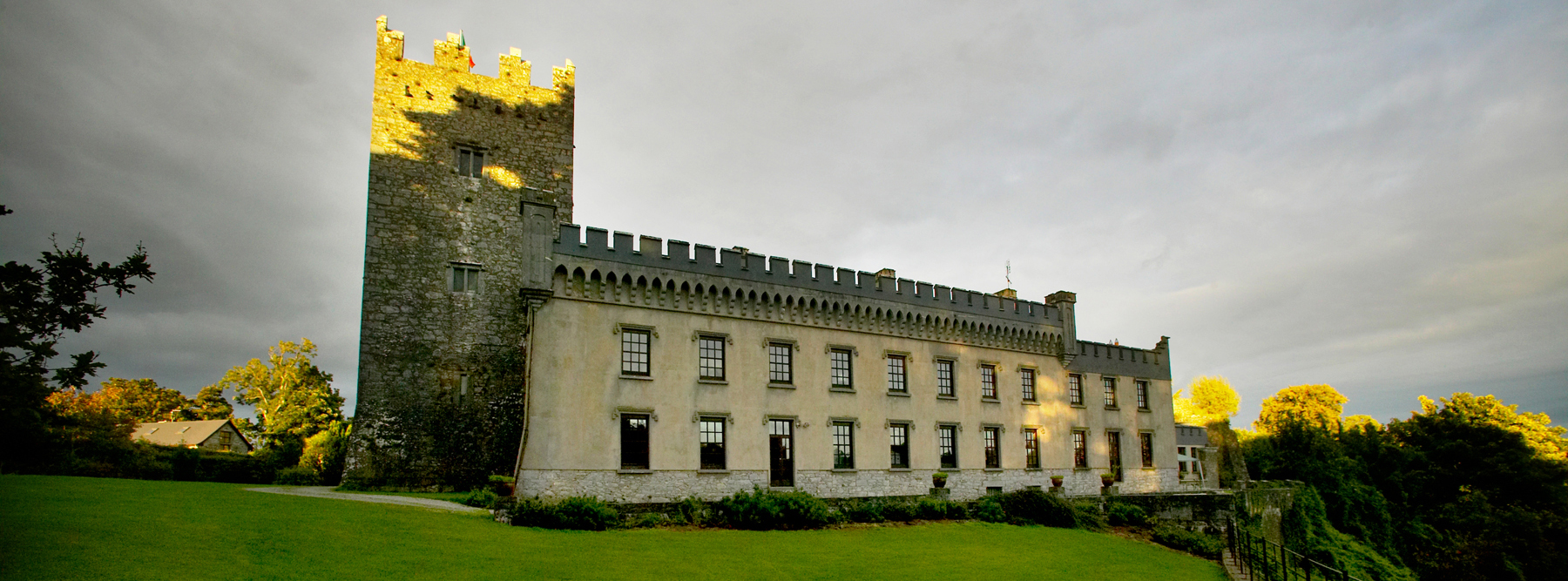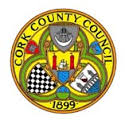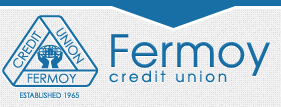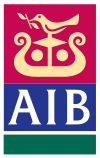
Fermoy Heritage Conference 2015
Speaker’s Abstracts
Professor Patrick Crotty was born in Fermoy in 1952 and educated at the CBS and St Colman’s College. He is Professor of Irish & Scottish Literature at the University of Aberdeen, where he teaches on the Celtic and English programmes. He has been Head of the School of Language & Literature and Director of the Research Institute of Irish & Scottish Studies at Aberdeen. He was Head of English at the University of Ulster from 2001 to 2005 and at St Patrick’s College, Drumcondra from 1998 to 2001. Patrick was Director of the Merriman Summer School in 2000 and of the Yeats International Summer School from 2006 to 2008. He was Associate Editor for Irish, Scottish and Welsh writing on The Oxford Companion to English Literature (2009) and editor of The Penguin Book of Irish Poetry (2010). He is currently working towards completing the first volume of the annotated Complete Collected Poems of Hugh MacDiarmid.
Title: Long Divisions on O’Rowrk: Encounters between English and Gaelic poetry in Ireland 1650-1750
Abstract: This presentation considers instances of contact between the Irish and English languages and their associated cultures in the poetry composed in Ireland from the Cromwellian settlement to the middle of the eighteenth century. Though divisions between Protestant and Catholic, Planter and Gael were at their most bitter in the early part of this period, there is evidence of growing artistic interaction across community boundaries in the intermittently stable political atmosphere that followed the end of the War of the Two Kings. Passionate protest at the passing of the old Gaelic order persists in poetry in Irish well into the new century, and the leading poets of the time in each language appear by and large to have been ignorant of the existence of their counterparts in the other. Critics have nevertheless been struck by the tonal similarities between the rage of Aodhagán Ó Rathaille and the saeva indignatio of Jonathan Swift. These were almost certainly coincidental, but Swift was still the first Anglo-Irish poet of significance to ‘translate’ contemporary Gaelic material. ‘Long Divisions on O’Rowrk’ traces interactions between the Gaelic and English traditions in the period from 1650 to 1750 and briefly adverts to the blossoming of those interactions in the major poetry of both languages later in the eighteenth century. The talk concludes with a short discussion on the afterlife of the aisling.
Professor Tadhg O'Keeffe teaches in the School of Archaeology, University College, Dublin. A specialist in medieval architecture with numerous books and essays to his name, his most recent publications include Medieval Irish Buildings, 1100-1600 (Four Courts Press, 2015) and, co-authored with David Kelly, Youghal. Irish Historic Towns Atlas 27 (Royal Irish Academy, 2015).
Title: Restoration houses and the origins of Georgian architecture: the view from the Cork region
Abstract: The period of house-building history in Ireland about which the least is known is the period from the mid-1600s to the early 1700s, the period that spans the gap between the Renaissance houses (often incorrectly called 'fortified houses') and the Georgian houses. This lectures looks at some southern Irish, specifically Cork, buildings of the period, and discusses how they illuminate the transformation from medieval to Georgian culture.
Professor Pádraig Ó Macháín was formerly Professor at the Dublin Institute for Advanced Studies where he was responsible for the digitisation of the Book of Fermoy. He is currently Professor of Modern Irish, and Head of the School of Irish Learning, at University College Cork.
Title: 'Ireland in exile and in hiding in the literary tradition'
Abstract: This paper will look at features of Irish literary tradition that reflect some of the realities of life in the post conquest world of the 17th and 18th centuries.
Dr. Paul Rondelez received his Master's Degree in Belgium with a thesis on prehistoric and Roman ironworking in Belgium. After much fieldwork, first in Belgium, then in Ireland, Paul then embarked on PhD research on late medieval iron production (13th to 16th century, smelting and smithing) in Ireland. During and since then, the Irish blast-furnace iron industry of the 17th and 18th century has been a main research topic, especially that of the Sliabh Aughty area in Cos. Clare and Galway.
Title: The Fermoy blast-furnace: an archaeological and historical detective story
Abstract: Based on a single document, a seventeenth-century blast-furnace for smelting iron ore was discovered just outside of Fermoy in 2014. This talk describes the details of that discovery and what remains of the furnace today. Further, the historical information of the furnace itself will be discussed as well as its importance in the wider economy of south-west Ireland in the 1660s and 70s.
Anja Bakker
Dutch Canadian recorder player, harpist and singer, Anja Bakker (B-Mus hons) is a multiple award winning graduate of CIT with a love for Early Music. This love and an interest in Bardic Harping Traditions as well as an interest in Medieval Pilgrimages led her in 2010, to carry a 26 string harp on foot from Ireland, through France and Spain to Santiago de Compostella, over 2.500 km, for 3 months and 3 weeks. She would say her main interest is in the place and influence of the Bardic Harpers in contemporary Western society.
Title: Carolan’s Harp
Mícheál O Súilleabháin has recorded extensively with the Irish Chamber Orchestra and has released some 15 recordings overall. His most recent recordings include ELVER GLEAMS: New and Selected Recordings (EMI 2010), and the DVD Irish Destiny: music for the historic 1925 silent movie of the same name (Irish Film Institute 2006). Chair of Music and Founder/Director of the Irish World Academy of Music and Dance at the University of Limerick, he is noted for his development of a uniquely Irish traditional piano style. Awards have included Honorary D.Mus from the National University of Ireland at University College Cork, Honorary Alumnus Boston College, Inaugural Ollamh na hÉigse Comhaltas Ceoltóirí Éireann, and Freedom of Clonmel.
Title: The most celebrated Irish tunes - the first published collection of Irish Music
An illustrated presentation on the first published collection of Irish Music – Neal’s A Collection of the Most Celebrated Irish Tunes (Dublin 1724).
Abstract: Only one copy of this book survived – among the papers of the 18th/19th century collector Edward Bunting in Queen’s University Belfast. Older than any surviving manuscript collection, A Collection of the Most Celebrated Irish Tunes Proper for the Violin, German Flute or Hautboy was published in 1724 by John and William Neal in Christ Church Yard in Dublin. Containing the earliest versions of tunes now familiar through the revival of Irish traditional music over the past fifty years – such as Carolan’s Concerto, Tabhair Dom Do Lámh/Give Me Your Hand, and Molly St. George. Mícheál Ó Súilleabbháin uses his knowledge of Irish sean-nós (‘old style’) oral tradition to bring these tunes alive within the Baroque context of the collection.
Professor Raymond Gillespie is Professor at the Dept of History, NUI Maynooth. His main research interest is social change in Early Modern Ireland. He is author of numerous academic papers and books including Seventeenth century Ireland and Devoted People: belief and religion in Early Modern Ireland.
Title: Making Glanworth modern: the making of the early modern world at Glaworth castle.
Abstract: Between 1500 and 1700 the landscape of Ireland was transformed. New settlers arrived in the Irish landscape bringing with them different ideas about how economic and social life worked and how a living could be made in Ireland. Much of what we know about these people comes from contemporary documents but the physical traces that they left are equally important in reconstructing their world. This lecture uses the results of the excavations at Glanworth castle together with the surviving documents from the area to try to reconstruct something of the world as it emerged in the sixteenth and seventeenth centuries.
Dr. John McCafferty is Director of the Mícheál Ó Cléirigh Institute at University College Dublin, a collaboration between the Irish Franciscans and the university. He specialises in the history of religion in late medieval and early modern Ireland.
Title: ‘A habit of return - the Irish Franciscans and the Tudor Dissolution of Religious Houses’
Abstract: This paper will argue that the Irish Franciscans effectively evaded the impact of dissolution by strategic withdrawal from some areas. However, flight was only one part of their response to threat, because they very rapidly re-established themselves in or very near their former friaries during the 16th and early 17th centuries. This loyalty to certain localities came to be a key part of the self-identity of the Irish friars which then translated into a very marked popular support from all levels of Irish Catholic society.
James Kelly, MRIA, is Cregan Professor of History at St Patrick’s College, Dublin City University. His main research interests lie in the areas of Irish political and social history in the period 1660-1820. His publications include That damn’d thing called honour: duelling in Ireland, 1750-1860 (1995); Henry Flood: Patriots and politics in eighteenth-century Ireland (1995); Poynings’ Law and the making of law in Ireland, 1660-1800 (2007), Sir Richard Musgrave, 1746-1818: ultra Protestant ideologue (2009); Clubs and Societies in eighteenth-century Ireland (edited with Martyn Powell) (2010); and Irish and English: essays on the Irish linguistic and cultural frontier, 1600-1800 (edited with Ciarán MacMurchaidh) (2012); and Sport in Ireland, 1600-1840 (Four Court Press, 2014).
Title: Sport in Ireland before the GAA: recreational activity, 1600-1840.
Abstract: By comparison with the modern era, post-1850, sporting activity in late early modern Ireland is little known. Yet the impulse to play sport was hardly less strong than it is today. The main sports of the era were horseracing and hunting, which had the backing and support of the elite, but there was much else, and this lecture will look at blood sports (cockfighting, throwing at cocks, and bull baiting), fighting sports (boxing and wrestling), and team sports (cockfighting and hurling especially). By comparison with the present team sports were less dominant, but hurling, football and commons were played, and they are an important part of the story, as are a variety of minority sports including bowling, cricket, tennis and handball.
The lecture will seek to show that the period between the beginning of the seventeenth century and the mid-nineteenth century represented a distinct phase in the history of sport in Ireland, as a variety of medieval sports (such as archery and falconry) effectively disappeared, or were restructured (hunting) in a way that met modern needs. It also witnessed the emergence of new sports such as horse racing, which continue to this day, and the pursuit of a variety of blood sports (such as cockfighting and bull baiting), controversial in their own day, which are now thoroughly discredited. Though many of the sports played in Ireland were of English origin, the Irish sporting landscape also had space for such indigenous recreations as hurling and football, whose restructuring in the nineteenth century paved the way for the modern era of mass in sport.
John R Bowen is a noted silver scholar, particularly in the area of Irish Provincial Silver. A Chartered Civil Engineer by profession, he has had a lifelong interest in the study of silver and has written and lectured extensively on the subject. He curated the exhibition of Cork silver, at the Crawford Art Gallery in 2005, and a similar exhibition on Limerick silver at the Hunt Museum in 2007-8. He is Chairman of the board of the Crawford Art Gallery (since 2006) and is a Warden of the Company of Goldsmiths of Dublin, established by Royal Charter in 1637.
Title: The silver and plate of the Church of Ireland, Fermoy Union of Parishes.
Abstract: The talk will be about the silver items in regular use for worship in the Fermoy union and will highlight the makers, and their context as well as attempting to bring to life something of the lives and people commemorated as pious donors in the inscriptions thereon.
Dr. David J. Butler is a graduate of University College Cork. He is a committed researcher of the history of family, and lectures on history and genealogy at University of Limerick and University College, Cork
He has published on family history in a range of periodicals, and has been a member of the Irish Genealogical Research Society, since 2003. He was appointed editor of its journal, The Irish Genealogist, in 2012. The study of history of family, essentially the study of the path of human's interaction with their environment over time, has been his overarching research concern and, in 2004, Butler was elected a Fellow of the Royal Society for the Encouragement of Arts, Manufacture and Commerce [FRSA].
David will deliver the after dinner speech at the conference dinner.
Tickets available from Barnes Jewellers, Patrick Street, Fermoy
Tickets also available at registration


Dinner Venue - Grand Hotel
Field Trip DepartureVenue - Pearse Square
Download Brochure
FaceBook Page
